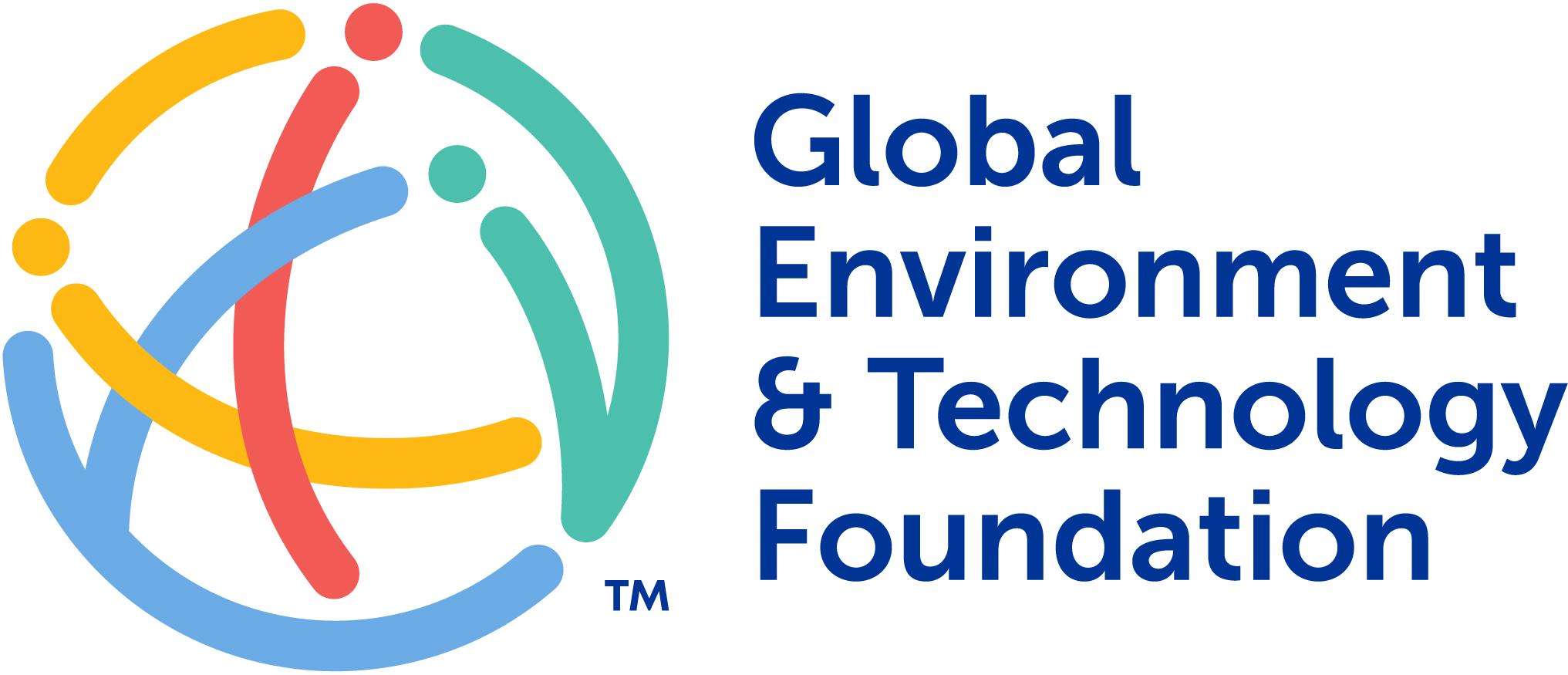Data into Drops: Improving Water Services through the Water Point Data Exchange
Data into Drops: Improving Water Services through the Water Point Data Exchange
Over the past decade, a dramatic shift has taken place in the water sector that fundamentally changes the way that work is done. During this time, water point mapping around the world has accelerated at unprecedented rates. Dropping costs of technology and innovative software has enabled national governments, as well as funders, NGOs, academics, and others to inventory, share, and even monitor the work they have contributed to. The impacts of the data collected are truly profound:
- Governments are better able to manage services and develop policies;
- NGOs are better able to understand where work has already taken place and where needs remain, and can better partner with governments to improve water services;
- Researchers are able to draw conclusions that help us all work better; and,
- Funders can more impactfully invest resources by understanding drivers of impact and limiting duplication.
The growth of water point mapping provides a powerful feedback loop to see how we, as a sector, are doing on an ongoing basis.
We are, however, at a pivotal moment for the field of water point mapping. As new water point mapping initiatives are increasingly developed, funded, and implemented, we are seeing a challenge emerge. Rather than working collectively as a sector, new water point mapping surveys are continuously being developed from a blank slate. This not only increases the workload of multiple organizations to develop their own surveys, but also severely limits the impact of the work. In the absence of standardization, data collected cannot be easily harmonized with other water point data, even in the same country or region. This means that to fully understand the water point landscape in a given country, you would need to sift through pictures of maps, stacks of excel files, narrative reports, and custom databases - all to get the information sector stakeholders urgently need. We, as a sector, cannot afford this inefficiency. This work is too important.
As the proliferation of unique water point mapping frameworks grows, so too does this inefficiency. We are quickly approaching a tipping point where these differences in information gathering will become entrenched and it will be too difficult to rewind and start over. We are at risk of missing the moment for one of the biggest opportunities this sector has seen in ages.
Today, the launch of the Water Point Data Exchange (WPDx) demonstrates a more impactful way forward. This platform allows data providers to flexibly share their data and users to see water point data from around the world in one place, within one framework. This means whether you are looking to benchmark water points between Afghanistan and Zambia, or want to see all of the information available for Kenya, you can do it in just a few clicks. It is no longer necessary to sift through endless formats and try to tie together pieces of information. Nearly 250,000 water point records have already been harmonized through the WPDx standard.
For those developing new water point inventories, WPDx provides a starting point. You can always collect additional attributes, but integrating the core WPDx fields into your surveys will ensure global relevance and impact. In fact, these core fields, (e.g. location, system type, etc.) were developed based on what is most often collected, so your framework may already be WPDx compliant!
Moving forward, this is an opportunity for all stakeholders in the WASH sector to help put us on a path to progress. We can transform how the sector works by collecting WPDx compliant data, sharing water point data through the WPDx repository, and leveraging information to increase efficiency and impact. We have an opportunity to harness the growing momentum around water point mapping to improve water services for all. Let’s move forward, together.

